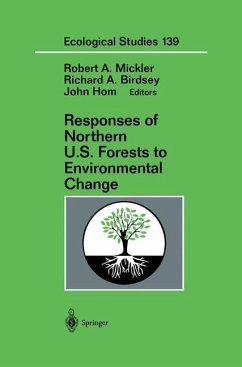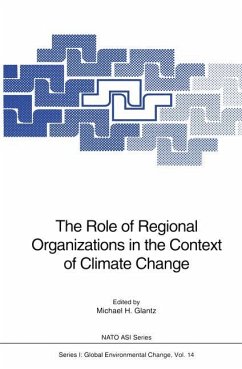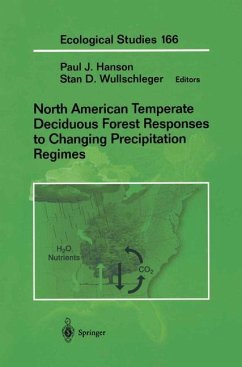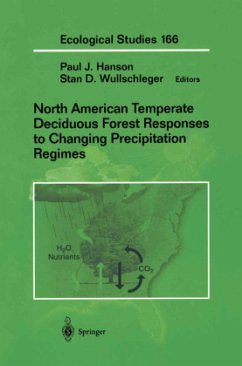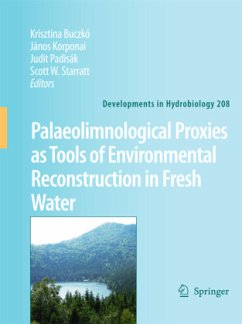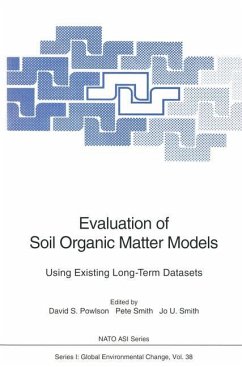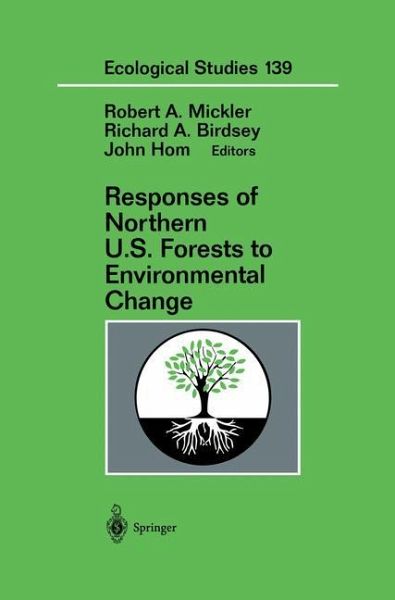
Responses of Northern U.S. Forests to Environmental Change

PAYBACK Punkte
76 °P sammeln!
Five years of research carried out by the U.S. Department of Agriculture Forest Services' Northern Global Change Program, contributing to our understanding of the effects of multiples stresses on forest ecosystems over multiple spatial and temporal scales. At the physiological level, reports explore changes in growth and biomass, species composition, and wildlife habitat; at the landscape scale, the abundance distribution, and dynamics of species, populations, and communities are addressed. Chapters include studies of nutrient depletion, climate and atmospheric deposition, carbon and nitrogen cycling, insect and disease outbreaks, biotic feedbacks with the atmosphere, interacting effects of multiple stresses, and modeling the regional effects of global change. The book provides sound ecological information for policymakers and land-use planners as well as for researchers in ecology, forestry, atmospheric science, soil science and biogeochemistry.
In the Global Change Research Act of 1990, "global change" is defined as "changes in the global environment (including alterations in climate, land productivity, oceans or other water resources, atmospheric chemistry, and ecological systems) that may alter the capacity of the Earth to sustain life. " For the purposes of this book, we interpret the definition of global change broadly to include physical and chemical environmental changes that are likely to affect the productivity and health of forest ecosystems over the long term. Important environmental changes in the Northern United States include steadily increasing atmospheric carbon dioxide, tropospheric ozone, wet and dry deposition of nitrogen and sulfur compounds, acidic precipitation and clouds, and climate variability. These environmental factors interact in complex ways to affect plant physiological functions and soil processes in the context of forest landscapes derived from centuries of intensive land use and natural disturbances. Research in the North has begun to unravel some key questions about how environmental changes will impact the productivity and health of forest ecosystems, species distributions and abundance, and associations of people and forests. Initial research sponsored by the USDA Forest Service under the United States Global Change Research Program (USGCRP) was focused on basic process-level understanding of tree species and forest v VI Preface ecosystem responses to environmental stress. Chemical pollution stresses received equal emphasis with climate change concerns.





